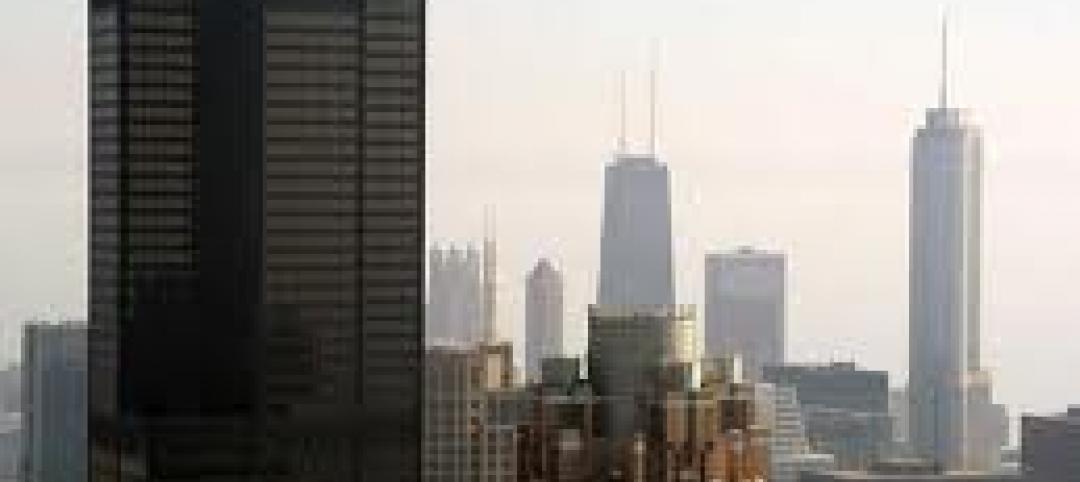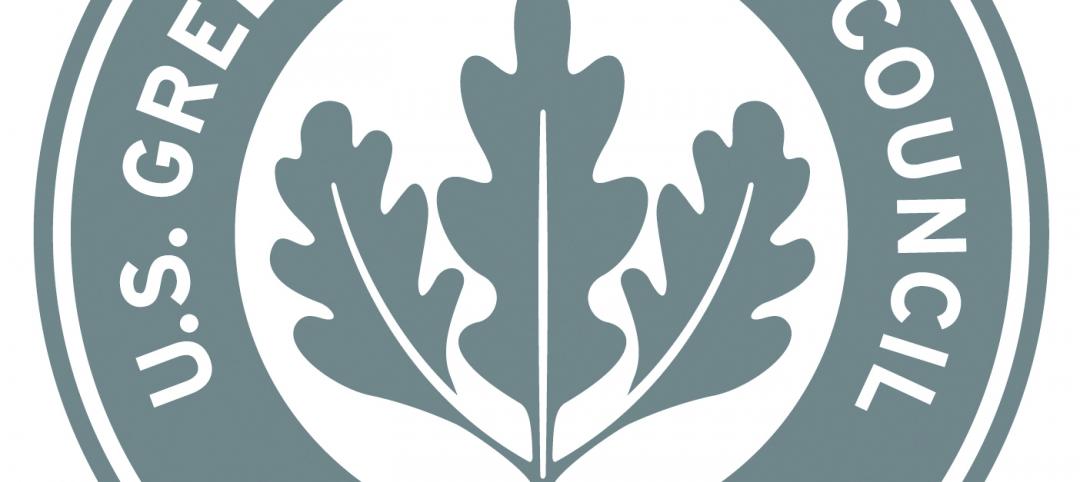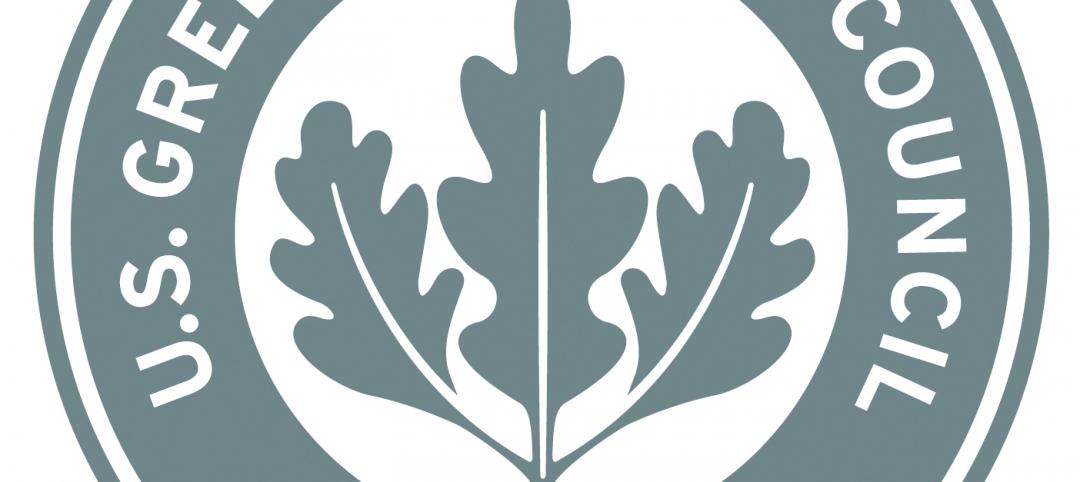A new California bill would tackle carbon emissions in a new way—by requiring the use of lower-carbon construction products.
Assembly Bill 262, the Buy Clean Act, would require all state departments and the University of California and California State University systems to buy steel, rebar, flat glass, and mineral wool board insulation for its infrastructure projects from low-carbon producers. This would be a drastic change from the current lowest-cost purchasing strategy.
The latter allows contractors to buy materials from anywhere—including China—where materials are more likely to be produced with less energy efficient methods. The bill would require the state to determine the average greenhouse gas (GHG) emissions per unit from the manufacture of the four infrastructure products.
Bidders on state projects would be required to submit Environmental Product Declarations, (EPDs), to prove that the materials they use are at or below the average for GHG impact. The Buy Clean bill has bi-partisan support in the legislature, and is supported by a coalition of labor, business, environment, and building trade groups.
Related Stories
| Mar 15, 2012
Construction industry a big winner in federal small disadvantaged business procurement
Last year, only 5% of federal contract dollars went to small disadvantaged businesses. Construction and facilities support firms were the biggest beneficiaries.
| Mar 15, 2012
ANSI approves new fall protection standards
The American National Standards Institute (ANSI) has approved two American Society of Safety Engineers' (ASSE) standards addressing fall protection.
| Mar 8, 2012
Engineering innovation provides new option for meeting seismic codes in skyscrapers
Two University of Toronto engineers have developed “viscoelastic-energy-dissipating dampers” to replace many of the heavy concrete beams used in tall structures.
| Mar 8, 2012
CSI webinar on building code compliance March 22
A March 22 webinar will provide an overview of a 28-step process during the design of a building to ensure compliance with building codes.
| Mar 8, 2012
Federal silica dust rule caught in bureaucratic limbo
A federal rule meant to protect the lungs of workers has been caught in bureaucratic purgatory for more than a year.
| Mar 8, 2012
New LEED-EBOM rating has requirements for specific project types
Several key changes are proposed for the LEED-EBOM Rating System in 2012.
| Mar 8, 2012
Green buildings more resilient than conventionally built structures
A new study by the U.S. Green Building Council (USGBC) and the University of Michigan’s Taubman College of Architecture and Urban Planning suggests that structures built to green standards can advance building resiliency.
| Mar 1, 2012
LEED Platinum standard likely to mean net-zero energy by 2018
As LEED standards continue to rise, the top level, LEED Platinum, will likely mean net-zero energy construction by 2018.














